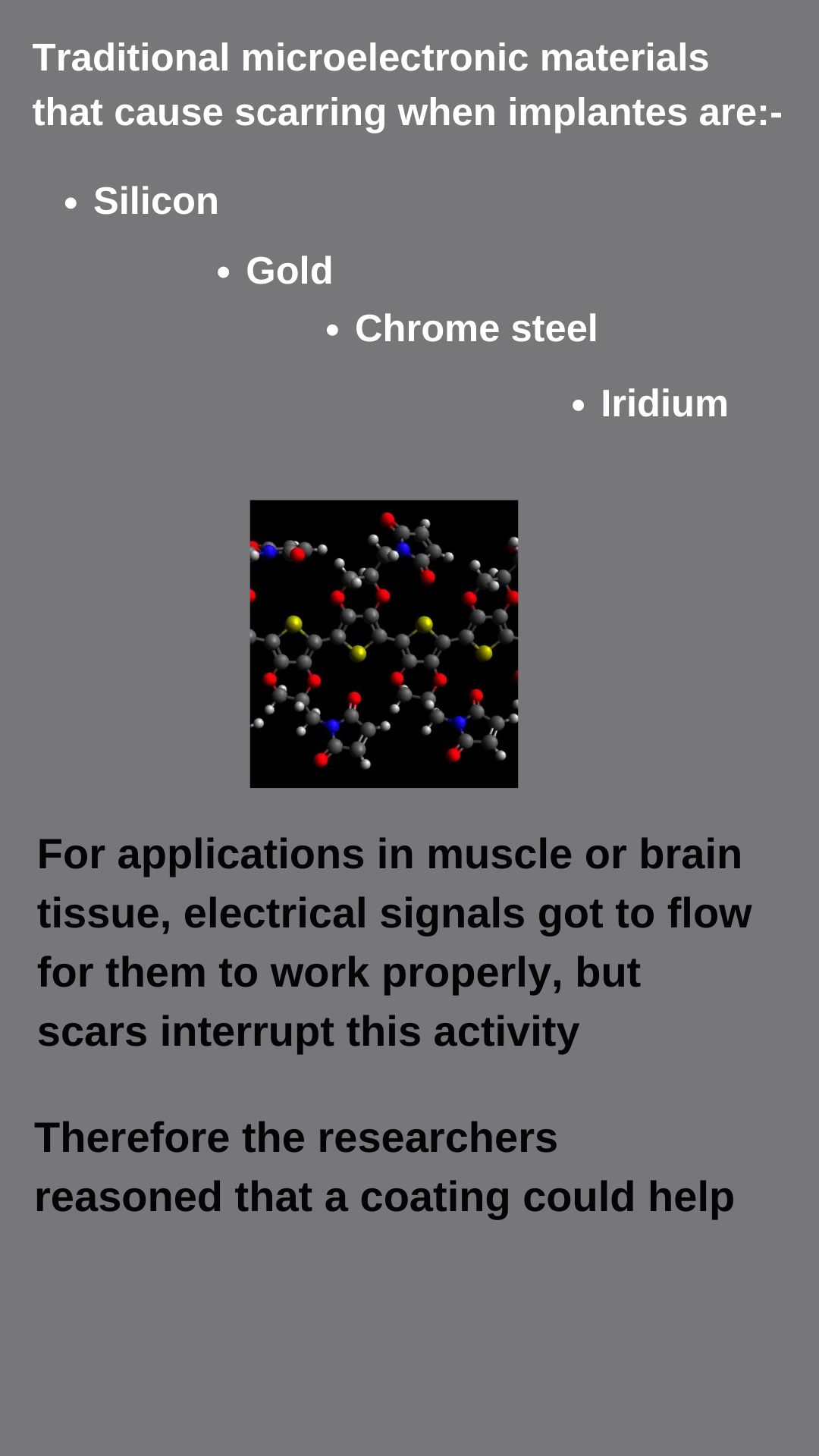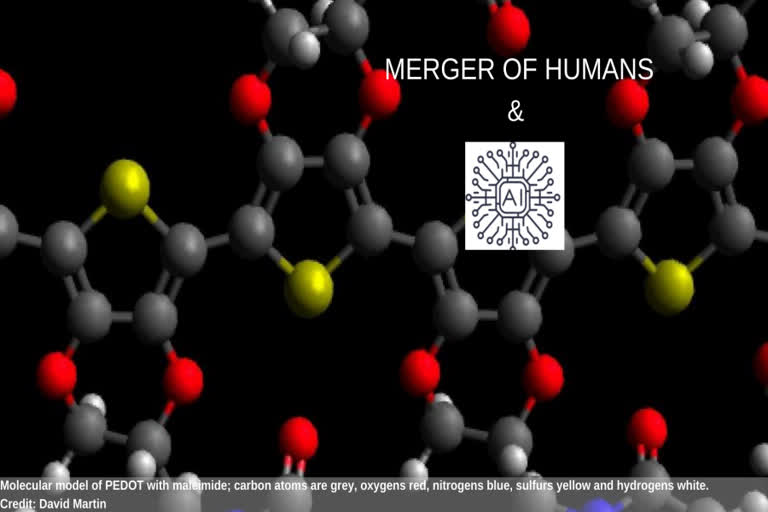Washington: Cyborgs are part human which is robotic beings are taking steps toward integrating electronics with the body. Such devices could monitor for tumour development or stand-in for damaged tissues, but connecting electronics on to human tissues within the body may be a huge challenge.
The researchers will present their results at the American Chemical Society (ACS) fall 2020 via Virtual Meeting & Expo on August 19. It will feature more than 6,000 presentations on a wide range of science topics.
David Martin, who led the study from the University of Delaware says, "We got the idea for this project because we were trying to interface rigid, inorganic microelectrodes with the brain, but brains are made out of organic, salty, live materials. It wasn't working well, so we thought there must be a far better way."

"We started watching organic electronic materials like conjugated polymers that were getting used in non-biological devices,” Martin said.
He further added that "We found a chemically stable example that was sold commercially as an antistatic coating for electronic displays." After testing, the researchers found that the polymer had the properties necessary for interfacing hardware and human tissue. These conjugated polymers are electrically active, but they're also ionically active. "
- The Counter ions give them the charge they need so when they are in operation, both electrons and ions are moving around it. The polymer referred to as poly (3,4-ethylene dioxythiophene) or PEDOT, which has improved the performance of medical implants by lowering their impedance two to 3 orders of magnitude, thus increasing signal quality and battery lifetime in patients.
- Martin has since determined the way to specialize the polymer, putting different functional groups on PEDOT. Adding an acid, aldehyde or maleimide substituent to the ethylene dioxythiophene (EDOT) monomer gives the researchers the flexibility to make polymers with a spread of functions.
- "The maleimide is especially powerful because we will do click chemistry substitutions to form functionalized polymers and biopolymers," Martin said.
- Mixing unsubstituted monomer with the maleimide-substituted version leads to a cloth with many locations where the team can attach peptides, antibodies or DNA.
Also Read: Sale of Realme C 11, price, features and specifications
(ETV Bharat)



